



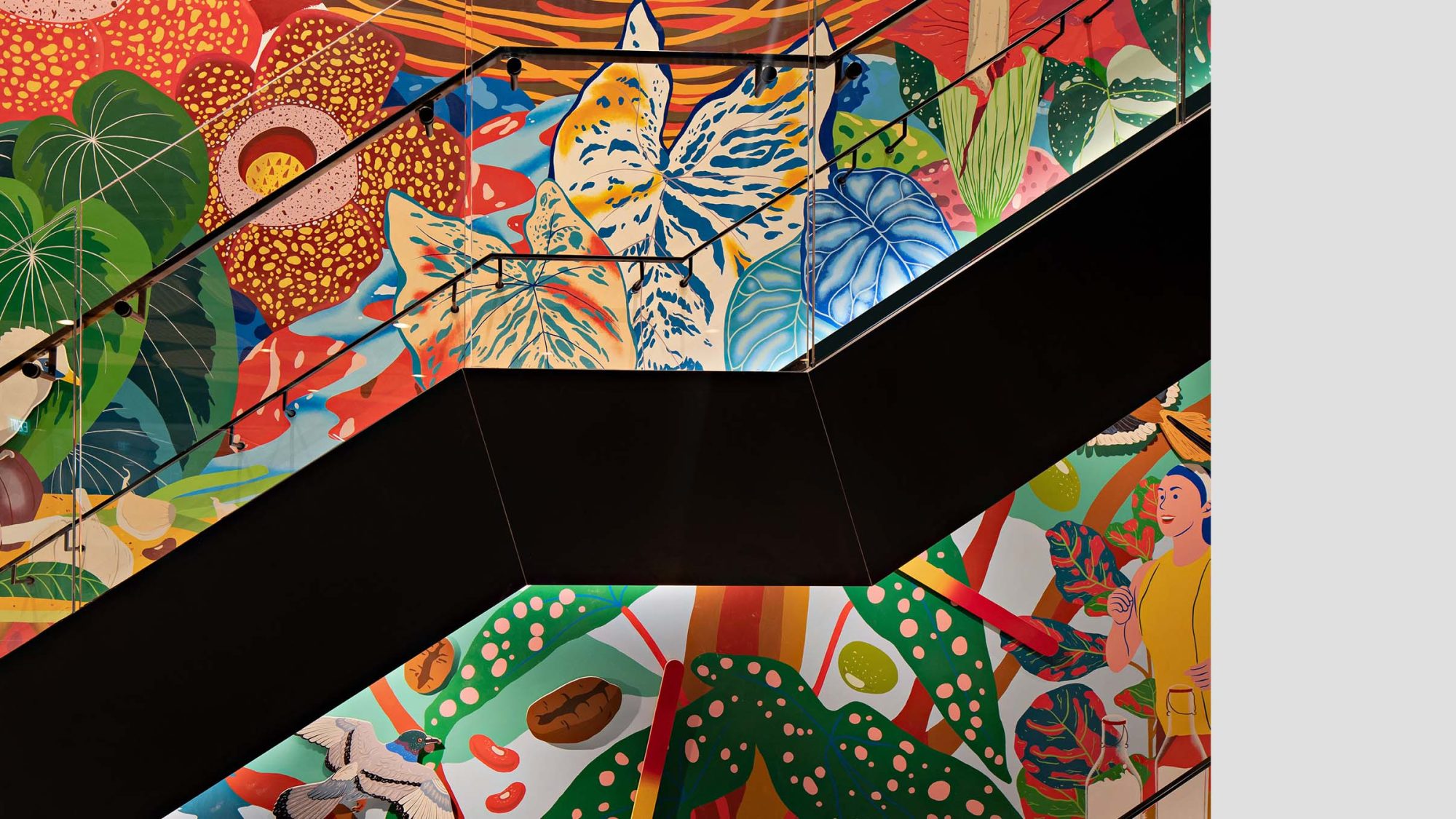

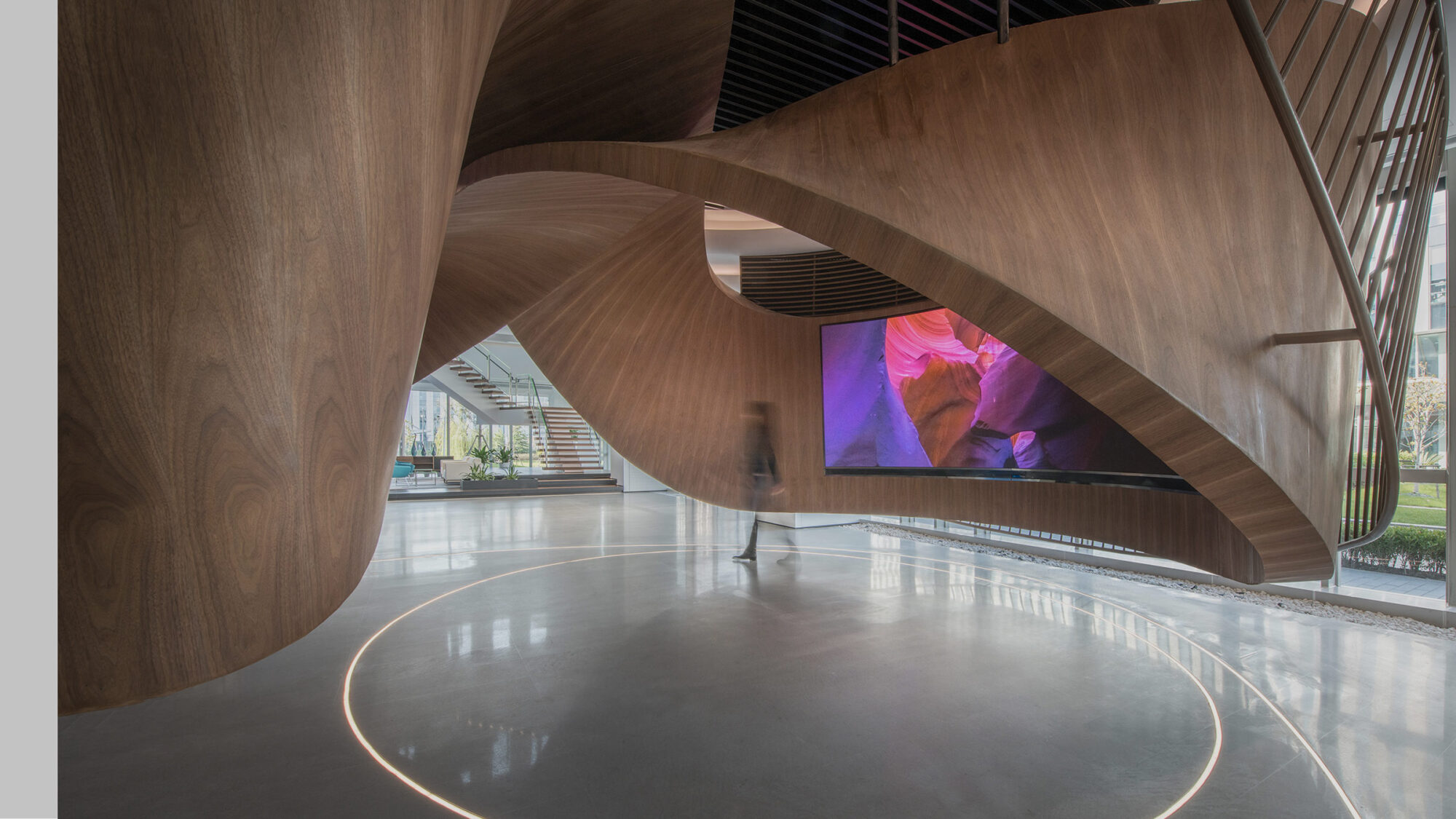
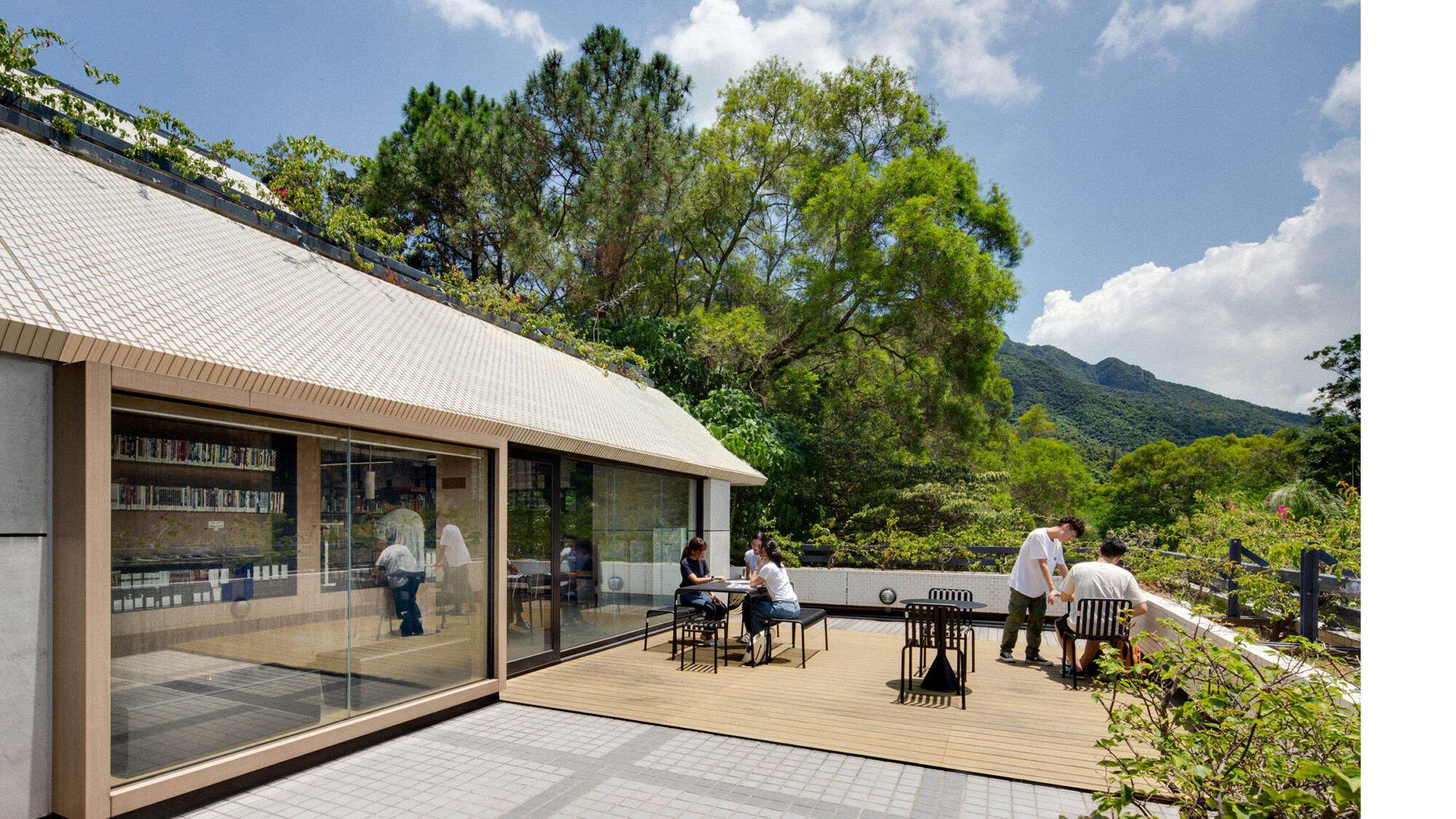
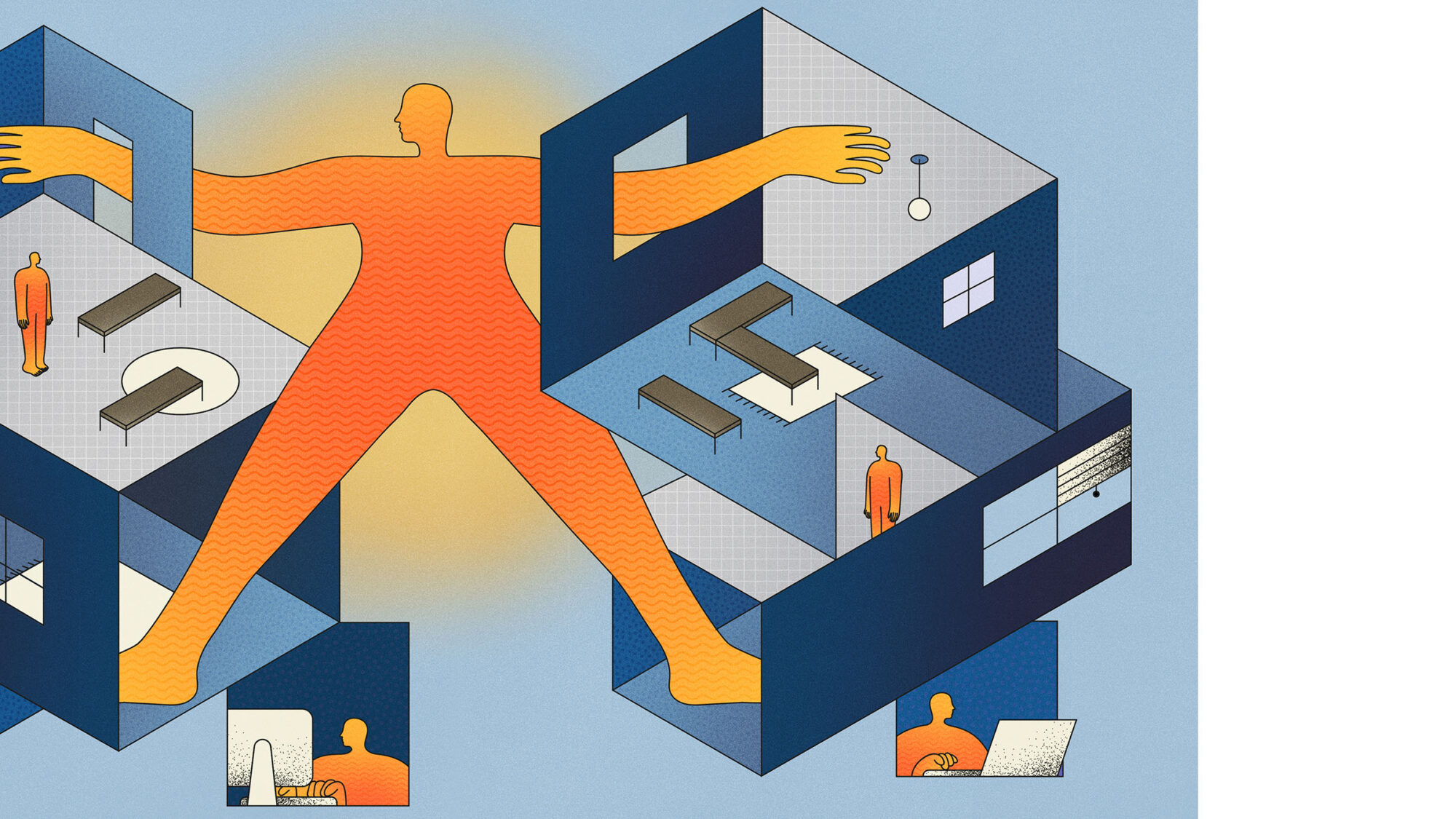
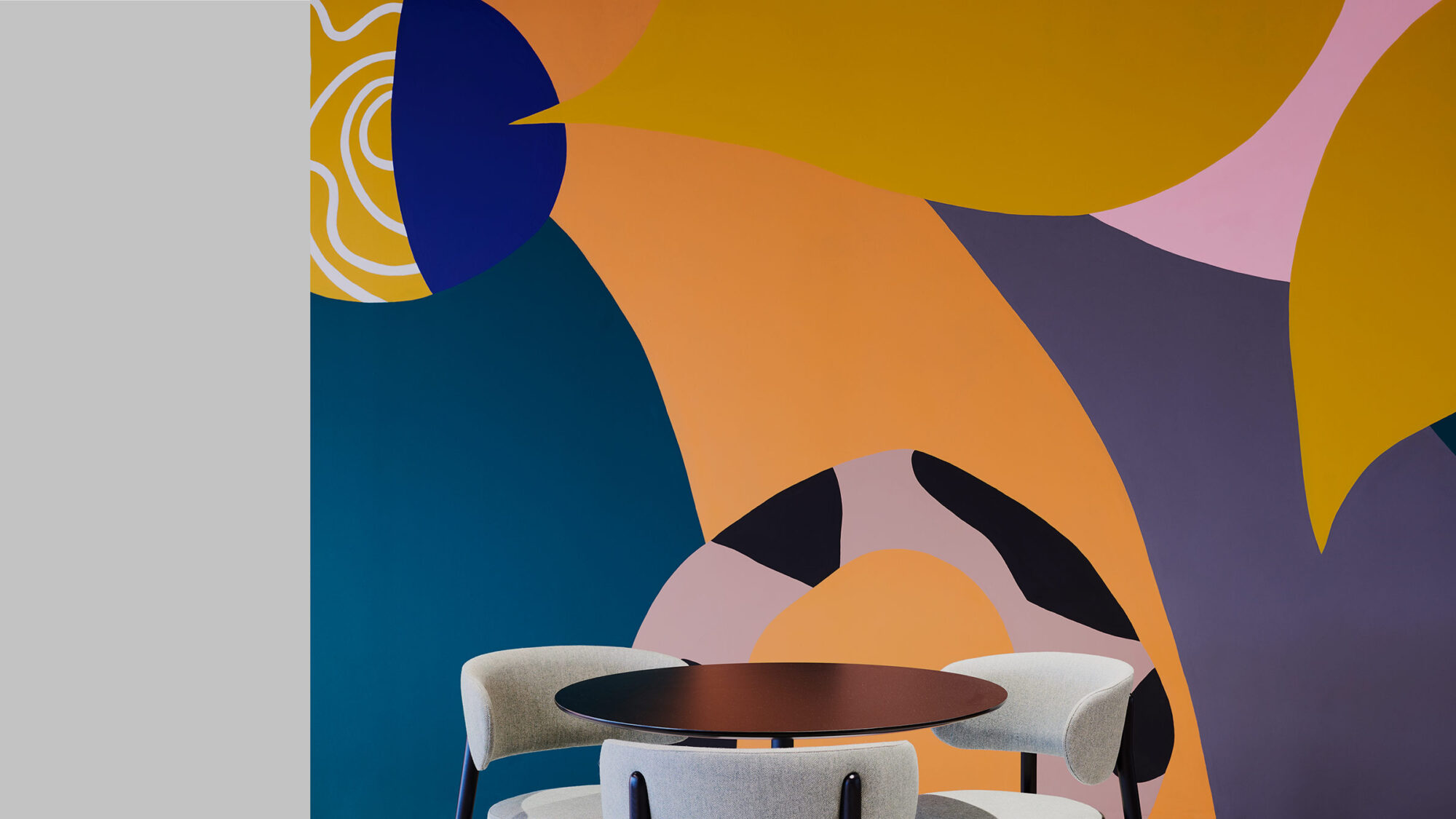
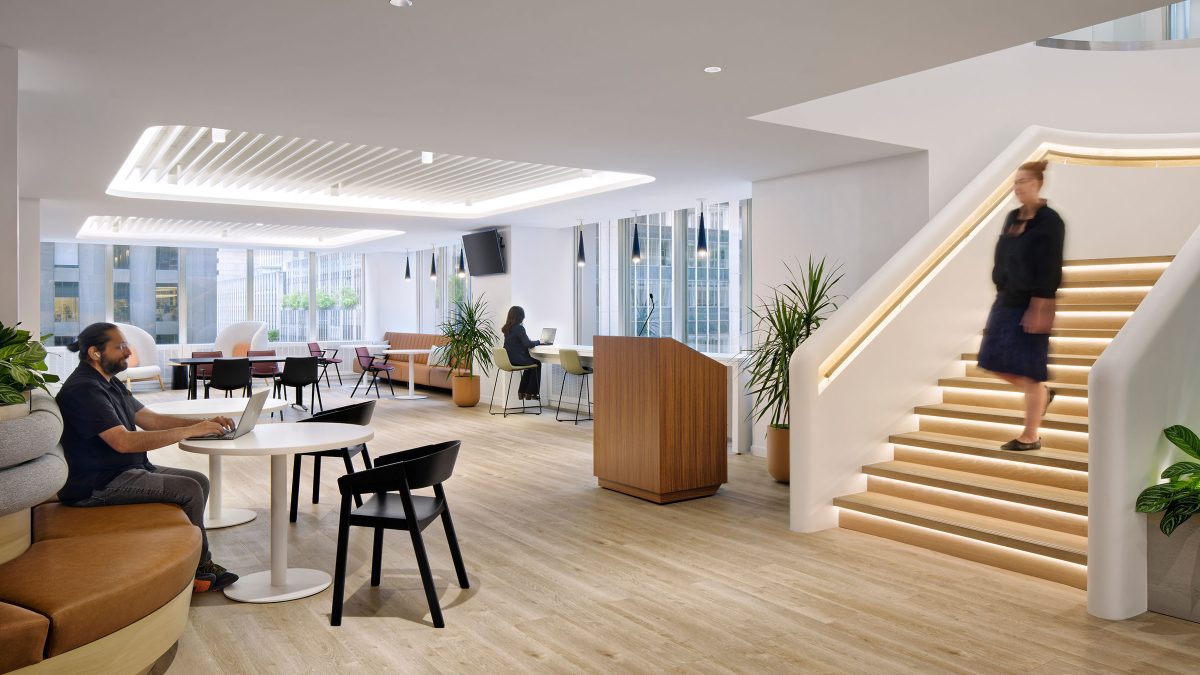
The world of commercial real estate is shifting fast. Sustainability isn’t just a checkbox anymore but central to how buildings perform, how companies compete and how investors evaluate long-term value. Enter LEED v5.
The latest version of the industry’s most recognised green building standard marks a significant evolution. One that reflects how far we’ve come and how much further we need to go. If you’re a CRE leader navigating ESG commitments, tenant demands and rising climate risks, here’s what you need to know.
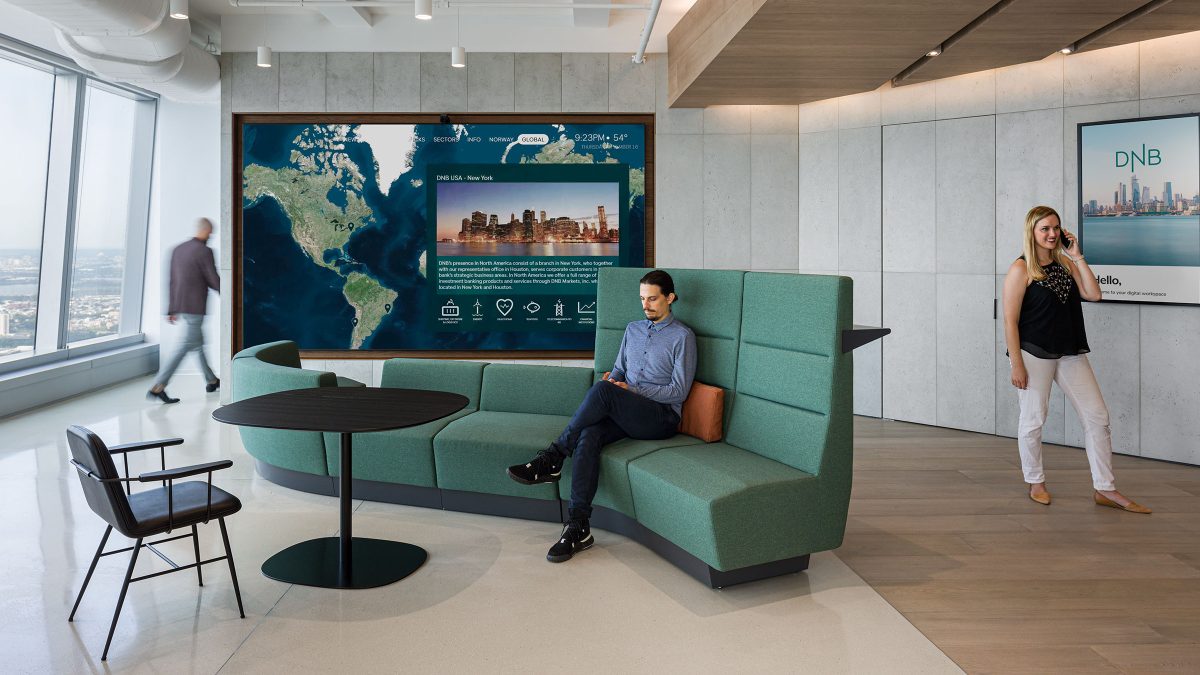
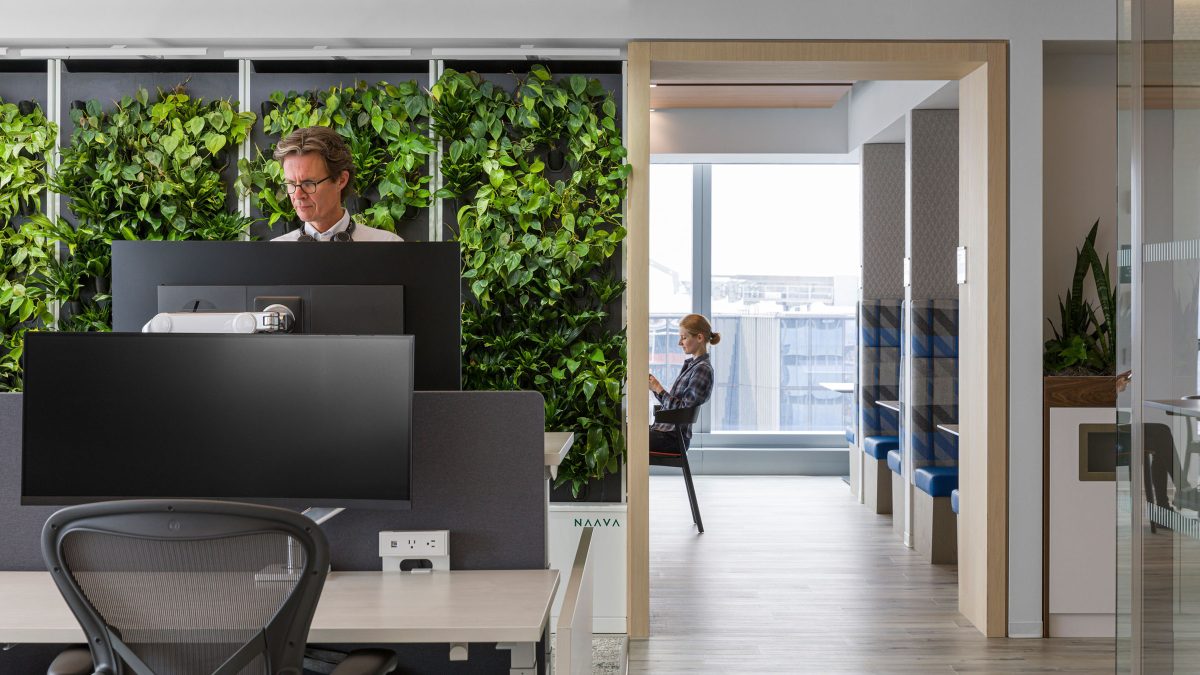
The biggest message? Decarbonisation is a priority.
More than half the credits in LEED v5 now link directly to carbon reduction, both operational and embodied. That means tracking it, reporting it and designing around it from day one. Refrigerants with low global warming potential are in. So are tools for long-term carbon projections.
Takeaways
LEED v5 raises the bar on resilience.
New requirements demand deeper thinking about how buildings affect and protect the people inside them. That means mandatory Human Impact and Climate Resilience Assessments, stricter biodiversity protection and better resource management.
Takeaways
Performance has to be proven.
Projects must deliver measurable outcomes. Certification includes impact reports. There’s even a tailored library of project priorities to reflect regional conditions, so efforts stay relevant, not generic.
Takeaways
For companies navigating investor expectations and disclosure rules, LEED v5 helps connect the dots.
Scope 1, 2 and 3 emissions? Covered.
Stakeholder transparency? Built in.
Human impact documentation? Part of the process.
Think of it as a toolkit for ESG reporting, with data already baked in. If your sustainability goals are tied to business strategy, LEED v5 helps turn intent into evidence.
Takeaways
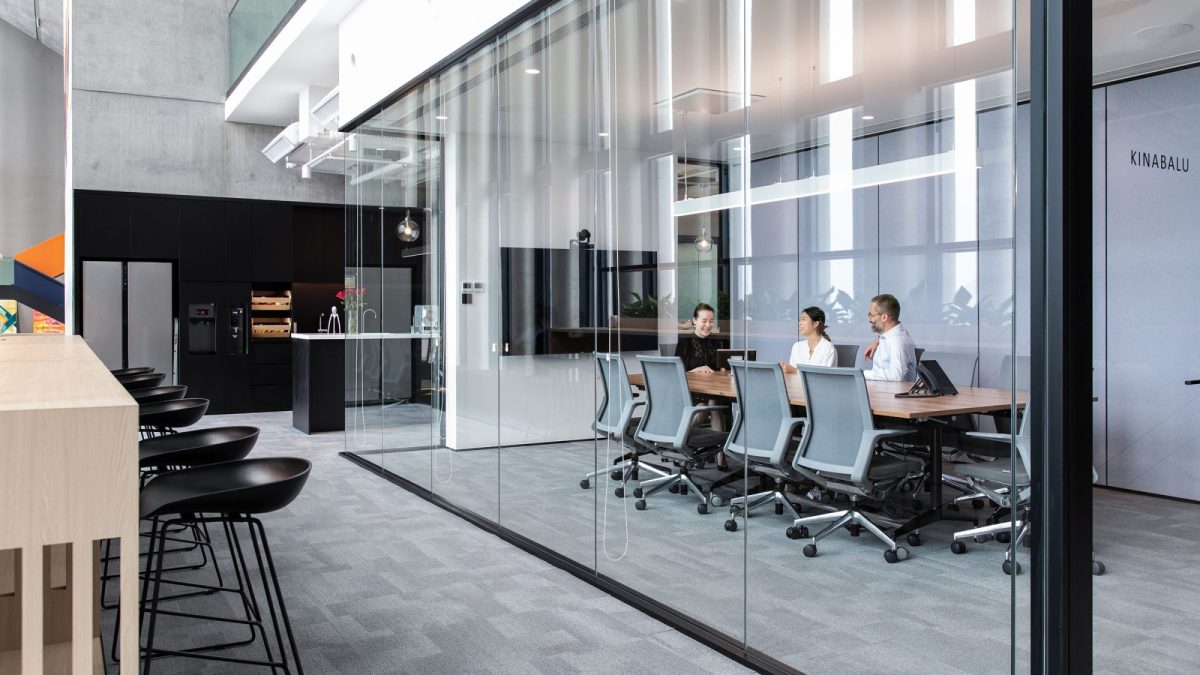
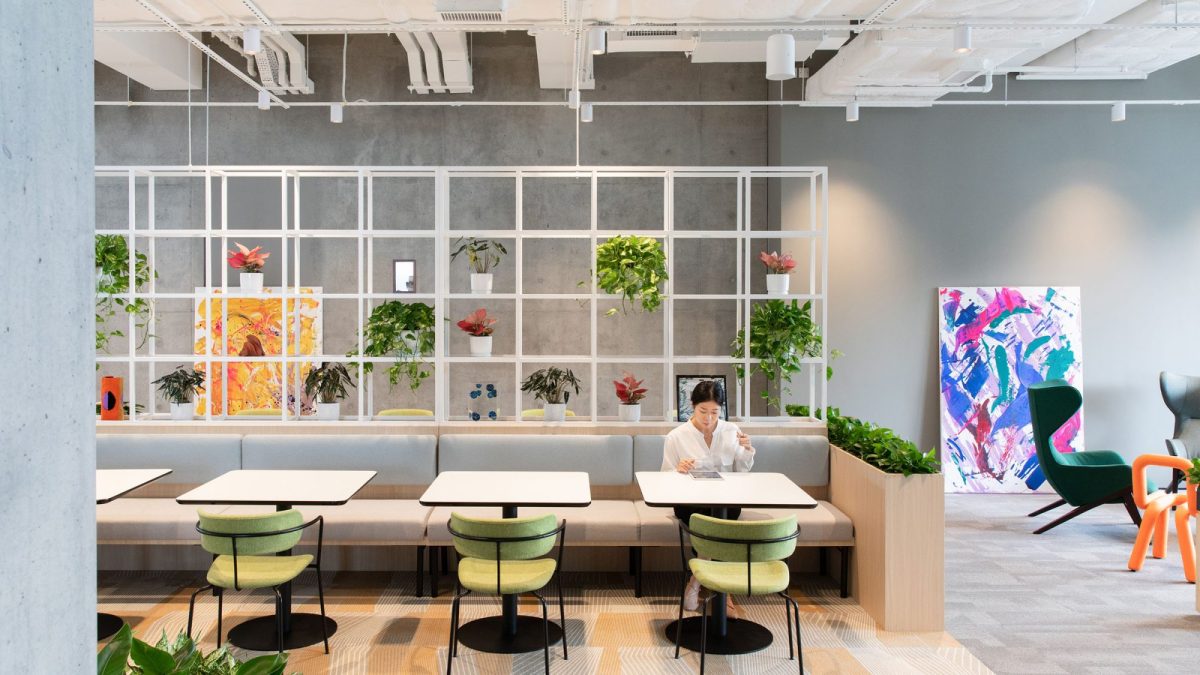
Why does this matter beyond compliance? Because buildings are in a fight for relevance.
Tenants expect more. Lower operating costs, better air quality, healthier spaces. LEED v5 positions your assets to deliver on those demands. It signals a serious commitment to performance and wellbeing.
And, the value isn’t intangible. Real-time data, impact reports and lower utility bills give you numbers to show. This makes LEED v5 a strategic tool for building a powerful business case.
Takeaways
For today’s CRE leaders, LEED v5 offers a framework to future-proof assets, strengthen tenant loyalty and meet rising expectations—on all fronts.
Neshat Ladiwala, Senior Sustainability Specialist, M Moser AssociatesLEED v5 is complex but it doesn’t have to be confusing.
We help our clients cut through the noise and focus on what matters. From day one, we build carbon reduction into your project strategy through smart design, engineering and materials. We use digital twins and IoT to track real-time performance. We design with people in mind, striking a balance between wellness and environmental rigour.
The result? A sustainability strategy that’s certified, business-aligned, measurable and built for what’s next.

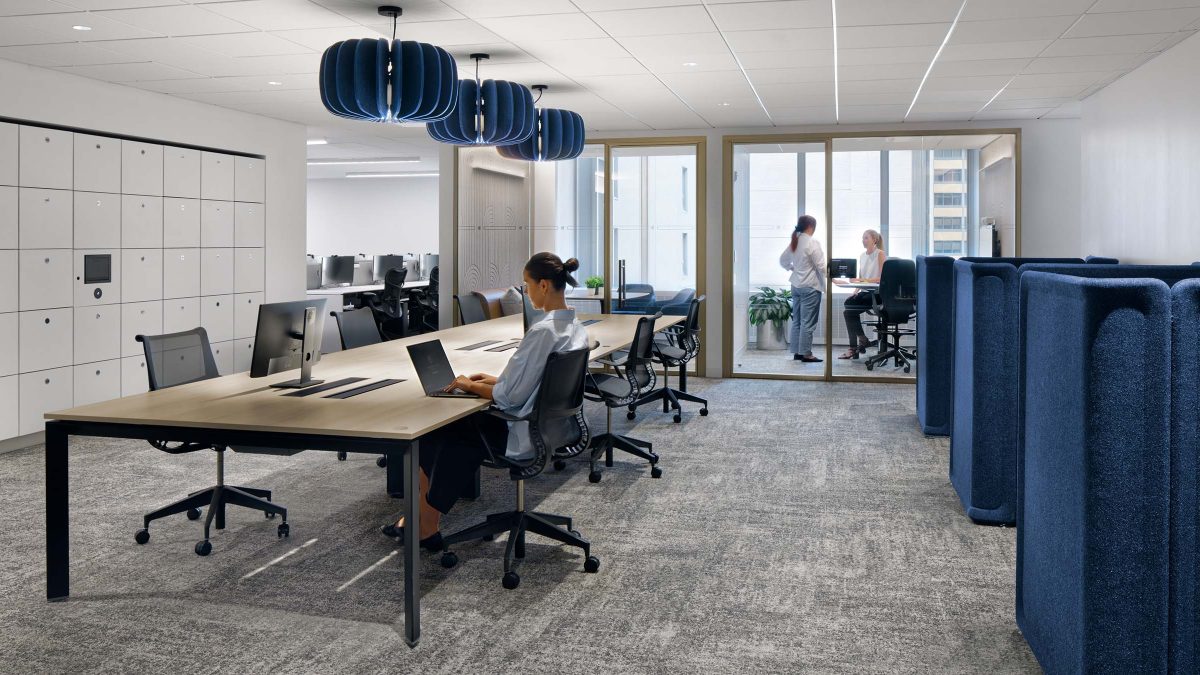
Curious how LEED v5 can support your portfolio?
Let’s talk about turning ESG ambition into impact. Contact our team to learn more.